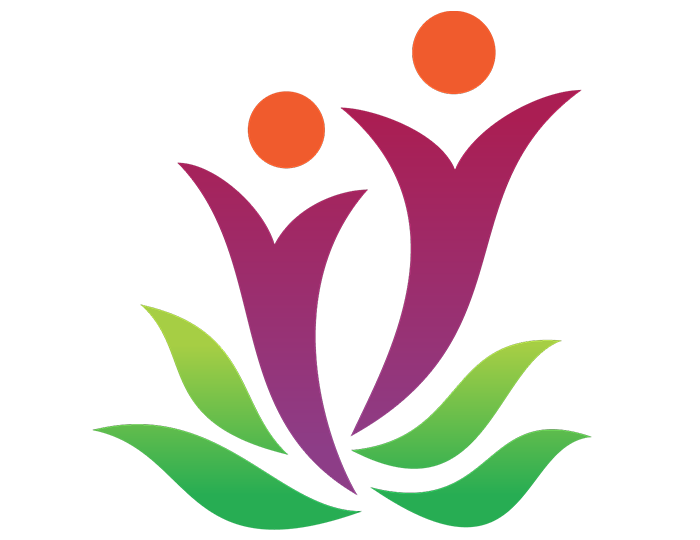 Author and psychologist, Tina Payne Bryson and neuropsychiatrist, Dan Siegel study the brain’s neuroplasticity, or its ability to change and re-adapt. They have a new book, soon to be released which explains how to develop a “YES” brain. As you might imagine, this is a more positive state of being than a “NO” brain. The problem is that our brains tend to see things with a negative bias, so it may be more inclined toward “NO”. According to the latest neuroscience, our brains “tag” every experience, starting as infants. Our emotional “tag” directs our future responses.
Author and psychologist, Tina Payne Bryson and neuropsychiatrist, Dan Siegel study the brain’s neuroplasticity, or its ability to change and re-adapt. They have a new book, soon to be released which explains how to develop a “YES” brain. As you might imagine, this is a more positive state of being than a “NO” brain. The problem is that our brains tend to see things with a negative bias, so it may be more inclined toward “NO”. According to the latest neuroscience, our brains “tag” every experience, starting as infants. Our emotional “tag” directs our future responses.
Our memory depends on emotion. Have you ever noticed that you are much more likely to remember things that have an emotional experience attached to them? I remember very well my first bicycle, my first kiss, and the first time I made love. I don’t remember my second bicycle, my second kiss, or the second time I made love. I remember the look on my father’s face when I graduated from college, but I have no idea who the graduation speaker was. There are things that I avoid because I have negative memories associated with them: long car rides (I remember being carsick as a kid). I can’t eat eggs because my mother used to force me to eat one every morning, like it or not. What if my first boyfriend was abusive, or my mother spanked me when I didn’t finish my dinner, or my teacher told me I was never going to be good at math? The brain tags these experiences as awful, and to be avoided. If we have a negative bias, we are going to place more value on events, which affirm our negative memory.
I see many clients who tend to predict things are going to work out poorly. Anxiety is maintained by our thoughts and feelings, even when the stressful situation is no longer present. This can lead to avoidance. One might avoid getting involved in a relationship, or avoid hard work, or a challenging job. Avoidance can reduce stress in the short term, but it can be very costly, because the brain never gets the opportunity to override the stress response with a positive experience. The cost is that we don’t get to learn and grow. Then we have a brain that just says NO to new experiences.
Bryson and Seigel suggested some ways to move from a NO to a YES brain:
- Resilience: Practice difficult things with support, and start small. Knowing that I can sit for a little while with something uncomfortable widens my window of tolerance. The stress seems tolerable, and I begin to believe I can handle it
- Insight: Practice mindfulness by slowing down and taking a moment to observe yourself, non-judgementally, in the moment. Notice that the situation is neutral, and it is your emotional history that is labeling it as negative. Unless you understand yourself and have awareness of your own bias, you can’t make a choice. Don’t become a victim of your own internal bias. The worrying circuit is a default mode that one can easily lapse into if there is no pause to observe.
- Empathy: Dr. Siegel believes that we are not so separate from everyone else. Through social engagement, we are more able to get to a YES brain state. Relationships enable us to share energy, and feel known. There is no such thing as a perfect relationship. When we have empathy, we put ourselves in the shoes of another and notice that we all struggle.
Building these qualities can allow our brains to tear down some of the unnecessary protective walls that it has built. Since the brain has neuroplasticity, it can make structural changes to itself, it just has to be re-trained, one experience at a time.

